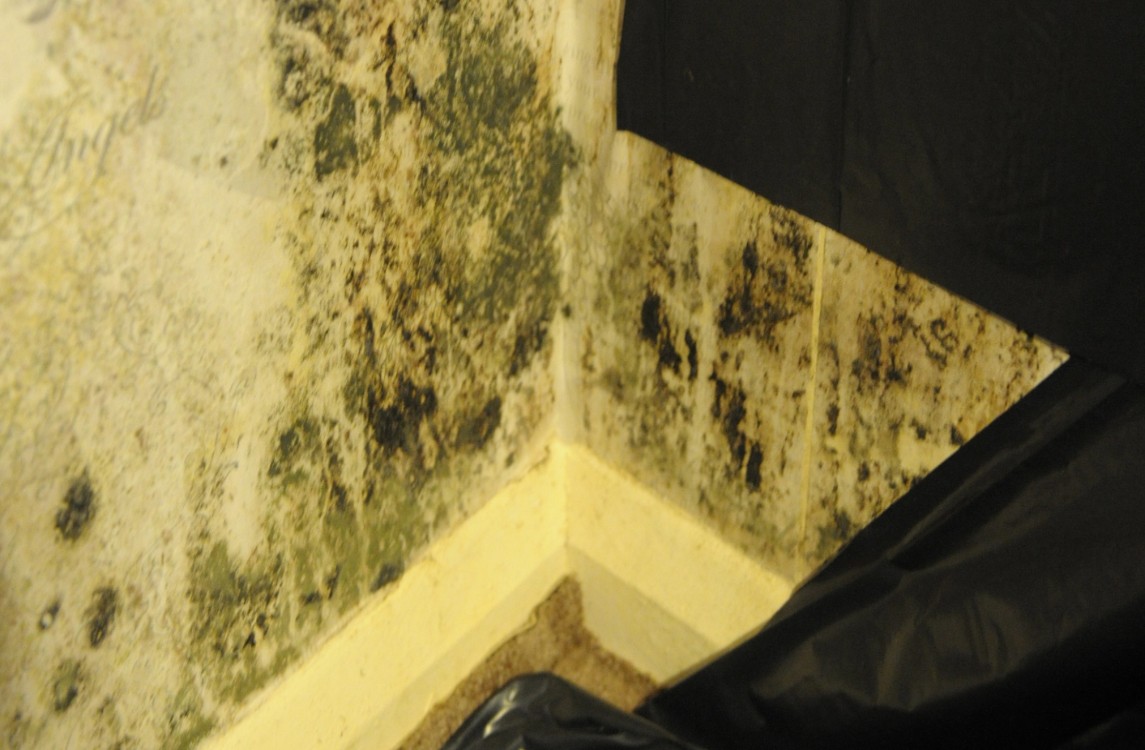Articles / Property News
Learn the warning signs to stop the rot
Don’t let damp or mould creep in. Here’s what you can do to protect your home.
By: John Leonidou
Published: 2019-12-12 13:24:00
Category: Property News

Damp is one of the last things we want to face at home and it doesn’t matter if you’re a property owner or renting.
Nothing is more unwelcome in your home than damp.
It makes a room unhealthy, cold and - worst of all - can lead to structural or weatherproofing issues.
So what exactly causes damp?
Damp and mould are caused by excess moisture with the most common form of damp being condensation, which forms when warm moist air touches a cold internal wall or surface.
Any building or plumbing problems that allow water/moisture into the property can lead to damp problems.
Moisture in buildings can be caused by leaking pipes, rising damp in basements or ground floors, or rain seeping in because of damage to the roof or around window frames.
In a newly built property, damp can occur if the water used when the house was built is still drying out.
The general signs to look out for is a musty smell, warped wood or damp timber, peeling paint or wallpaper mould, water droplets from condensation and salt deposits on walls.
Not dealing with damp can have a devastating effect on a property.
Untreated, it could lead to the deterioration of plaster and masonry, promote timber decay and create unhealthy conditions for occupants - including asthma.
Inadequate treatments for damp commonly cause greater harm to old buildings than centuries of degradation.
Inspecting a roof during wet and windy weather is a great way to deter any potential issues.
This can be done by simply checking the loft for debris on the floor or rays of light coming in.
Keep gutters clear and fixing or replacing them as soon as any damage occurs is another great remedy. You can also keep an eye on the exterior brickwork for things like crumbling mortar.
To avoid condensation, homeowners should keep a constant temperature within by setting the thermostat to a lower temperature, but over a longer period of time each day.
This can inhibit sudden spikes and dips in temperature when condensation thrives.
Providing an escape for moisture is imperative and will minimise condensation. Washing machines and tumble dryers must be vented correctly while extractor fans in bathrooms and kitchens are also advisable.
Even simple things like opening windows to get better ventilation can be a massive help. Using a dehumidifier will also assist in removing excess moisture from the air.
Costs will vary depending on the amount of work required to rectify the signs of damp or rot.
That is why it is so important to put in some preventative measures and stop the rot early.
 LOGIN TO
LOGIN TO 